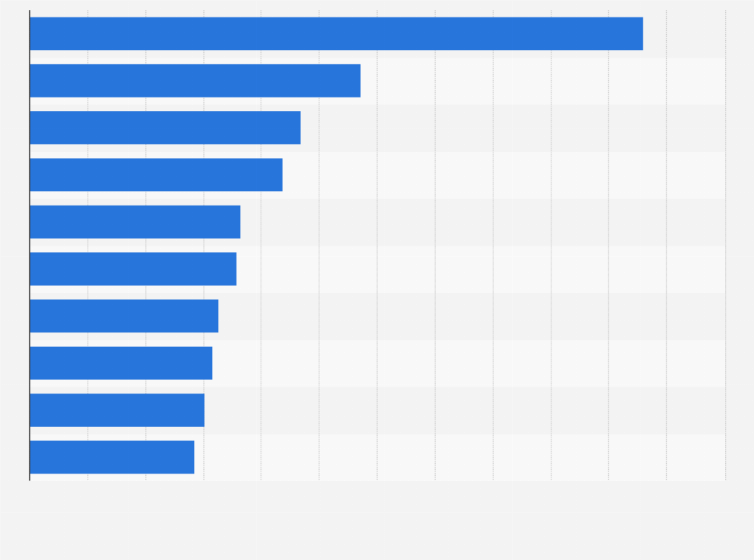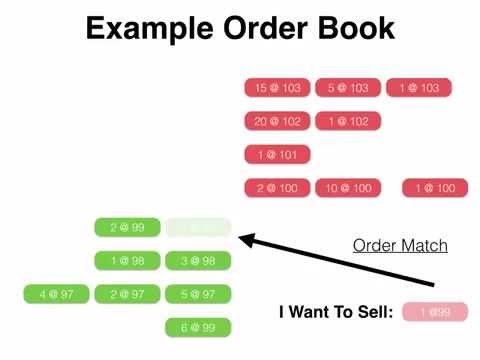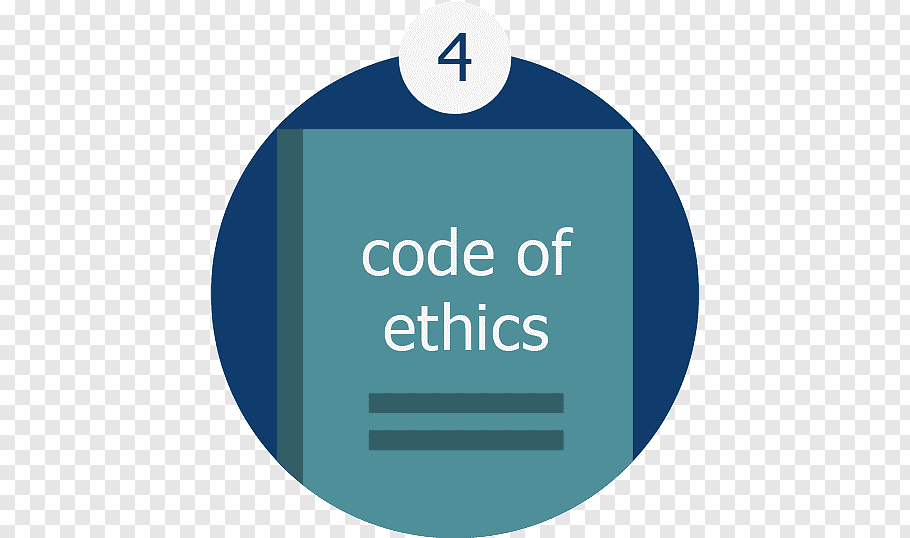

Book value is a calculation that aims to determine the actual, complete worth of a company, based on its assets. It’s basically the break-up value – the amount that the company would be worth if it were liquidated. Book value works best on hard-goods companies, vs service providers book value per share formula or firms with intangible assets. Investors compare a company’s book value to its stock price, to judge if shares are under- or overpriced. Investors looking for low-priced but fundamentally sound stocks use a company’s book value to see if its shares are fairly priced.
- Market value per share and book value per share are both metrics used to gauge the value of a stock but are different assessments.
- Profit Must is being built by a passionate team with in-depth understanding of the IPO sector and stock market.
- For example, if a company has total equity of $1,000,000 and 1,000,000 shares outstanding, then its book value per share would be $1.
Book value per share is conceptually comparable to net worth, i.e., assets less debt, and may be seen as an indication of what would happen if operations were to come to an end. You can use the book value per share calculator below to quickly estimate the minimum value of a company for common shareholders by entering the required numbers. As with many other calculations and financial principles, the BVPS should not be the only metric you examine. Just the BVPS will not always give you an accurate indication of a company’s health. Additionally, some industries can have a cyclical pattern to them, meaning that sometimes they are doing well while other times they may seem to fall behind.
What is growth investing? A strategy that focuses on high-growth companies in hopes for significant investment returns
For example, the company’s financial statements, competitive landscape, and management team. This means that each share of the company would be worth $8 if the company got liquidated. Evidently, the book value of any organisation plays a vital role in the determination of its worth. It comes forward as a critical agency for investors to base their investment decisions. If the book value of a company is higher than its market value, it indicates that the stock market is less confident in the organisation’s earning capability, albeit its book value might.
If the market price of a share goes below its book value per share, one can make a tremendous profit during the company’s liquidation. This metric enables investors to understand whether the stock prices of a particular company are overvalued or undervalued by comparing the book value per share with the market value per share. In an initial public offering, the share price calculation is set based on the company’s performance and net present value. The stock price will begin to fluctuate once trading begins, based on the buyers and sellers of stocks in the secondary market. Book value per share relates to shareholders’ equity divided by the number of common shares. Earnings per share would be the net income that common shareholders would receive.
Now, let’s say that the company invests in a new piece of equipment that costs $500,000. The book value per share would still be $1 even though the company’s assets have increased in value. In the example from a moment ago, a company has $1,000,000 in equity and 1,000,000 shares outstanding.
The book value of a company represents the net asset value (total assets – total liabilities) of a company. Mathematically, it is the sum of all the tangible assets, i.e., equipment and property owned by the company, cash holdings, inventory on hand minus all liabilities. Alongside the company’s overall growth and possibilities, the market value also increases, the price investors are willing to pay for given common stocks.

If a business earns 500,000 and spends 200,000 of that money on assets, then the value of the common stock rises along with the BVPS as well. If XYZ saves 300,000 in liabilities by using that money, the company’s stock price rises. Calculating a company’s value per share using equity accessible to common shareholders is possible using the book value per share formula.
When you’re checking out a specific company, you should be taking the health of the entire industry into account. If investors find that the company’s book value per share has increased, its stocks become more valuable. It can reduce liabilities using its profits; resultant, its common equity and book value per share will increase. It’s important to use book value and book value per share in the right context, and with the right stocks. As measures they work better on industrial or old-line companies that own, make or hold tangible assets, as opposed to info tech or online service providers.
ii. Income Approach
The new market price is determined by the price at which the stock was bought. People, on the other hand, are frequently puzzled as to how to calculate share price. When a comparison is performed to the company’s market value or market price, book value can be a good indicator to equity analysts of whether the stock price is overpriced – or underpriced. A third way to increase book value per share is to increase the value of the asset balance sheet.
It may be that a company has equipment that gets depreciated rapidly, but the book value is overstated. In contrast, a company may have an asset that does not depreciate rapidly, like oil and property, but it has been overlooked and has understated book value. The price-to-book value shows whether a share is undervalued or overvalued. On the other hand, book value per share gives you the value compared with its market value per share. If the company is embracing aggressive accounting policies in order to overinflate its net worth. When investigating which stocks to buy, Investors often have to look hard into companies’ financials.
When a company depreciates an asset slower than its market value, it is trying to manipulate its P/B Ratio to lure investors into its value trap. Second, the investor believes the company inflates its net worth by incorporating aggressive accounting policies and ignoring them. First, investors immediately label it as an undervalued company and dive right into investing in it. If a particular company needs to increase its book value per share, it can use its profit to buy assets. While calculating book value per share, valuation is based on book value. It is only suitable for comparison purposes, like peer to peer comparison or comparison of assets.

To calculate book value per share, simply divide a company’s total equity by the number of shares outstanding. For example, if a company has total equity of $1,000,000 and 1,000,000 shares outstanding, then its book value per share would be $1. Moreover, book value per share or BVPS at any point of time elucidates the shareholders concerning the book value of share they are holding regardless of its market price. Based on that, they can gauge whether stock prices will go down or up in the future. Market capitalisation is the product between the total number of outstanding shares of an organisation and its current market price. Why this is so important to investors is because it provides a concrete knowledge of a company’s value if all its assets were to be liquidated and all liabilities settled.
Like a company might be on the verge of bankruptcy, but they do not reduce the value of assets with loans secured against them. In such cases, digging deep into the book value can give you better insights into the company’s workings. You can understand the dividend payment policies of the company and then decide on your investment choice.
Company
Alternatively, it may utilize the money it takes to pay down debt, increasing both its common equity and its book value per share . A second method to boost BVPS is by repurchasing common stock from existing owners, and many businesses utilize their profits to do so. The book value per share is the minimum cash value of a company and its equity for common shareholders. To find the equity, you should subtract the company’s liabilities from its assets. Preferred equity is money owed to preferred shareholders that have an invested stake in the company and are paid dividends first at a fixed rate.
Book Value Per Share Calculator
There are several actions that could trigger this block including submitting a certain word or phrase, a SQL command or malformed data. In today’s blog, we deep dive into what is book value of a share, what it indicates, and its role for investors. Investors use book value to help them judge if a company’s stock is overpriced or underpriced.
Since public companies are owned by shareholders, this is also known as the total shareholders’ equity. The book value includes all of the equipment and property owned by the company, as well as any cash holdings or inventory on hand. It also accounts for all of the company’s liabilities, such as debt or tax burdens. To get the book value, you must subtract all those liabilities from the company’s total assets.
If a company’s BVPS is greater than its market value per share, which is the same as its current stock price per share, then the company’s stock is considered undervalued. If the price per share is greater than the BVPS, then the stock can be considered overvalued. The book value of a company is the difference between that company’s total assets and its total liabilities, as shown on the company’s balance sheet. Under this approach, the market value of the shares is considered for valuation. However, this approach is feasible only for listed companies whose share prices can be obtained in the open market.
Share valuation is done based on quantitative techniques and share value will vary depending on the market demand and supply. The share price of the listed companies which are traded publicly can be known easily. But w.r.t private companies whose shares are not publicly traded, valuation of shares is really important and challenging.
Book value per share is the figure calculated by dividing the equity available to the shareholders with the total number of outstanding shares. Because book value per share only considers the book value, it fails to incorporate other intangible factors that may increase the market value of a company’s shares, even upon liquidation. For instance, banks or high-tech software companies often have very little tangible assets relative to their intellectual property and human capital . These intangibles would not always be factored in to a book value calculation.
Finding a negative book value per share shows the company’s liabilities exceed its assets. Such a situation reflects balance sheet insolvency, and the stock may not be a good investment option. Common stocks from its shareholders, the company can increase the book value per share from Rs. 8 to Rs. 10. In the investing/financial world, book value’s meaning is an expanded, extrapolated version of the first definition.
If an investor is looking for a wise investment choice, they should not get swayed away by the book value ratio. Some companies tend to play down some critical information or reveal it in the notes to account section to prevent investors from paying heed to that information. One way to increase the book value per share is to repurchase or buy back common stocks from shareholders. Assume a company named Wafira Ltd. has a stockholder’s equity value of INR 30,00,00. Out of the total equity balance, Wafira Ltd. has a preferred stock of INR 10,00,000.